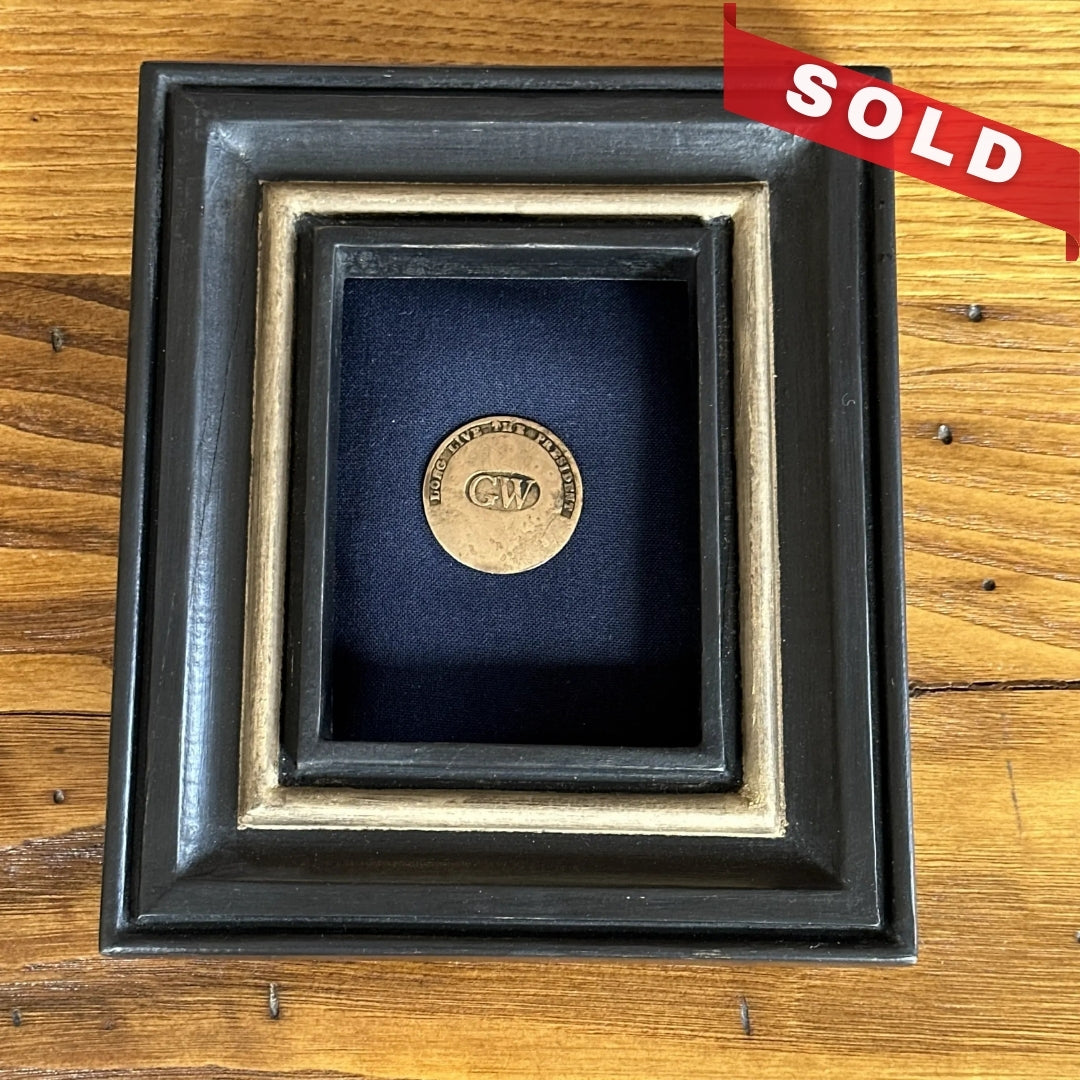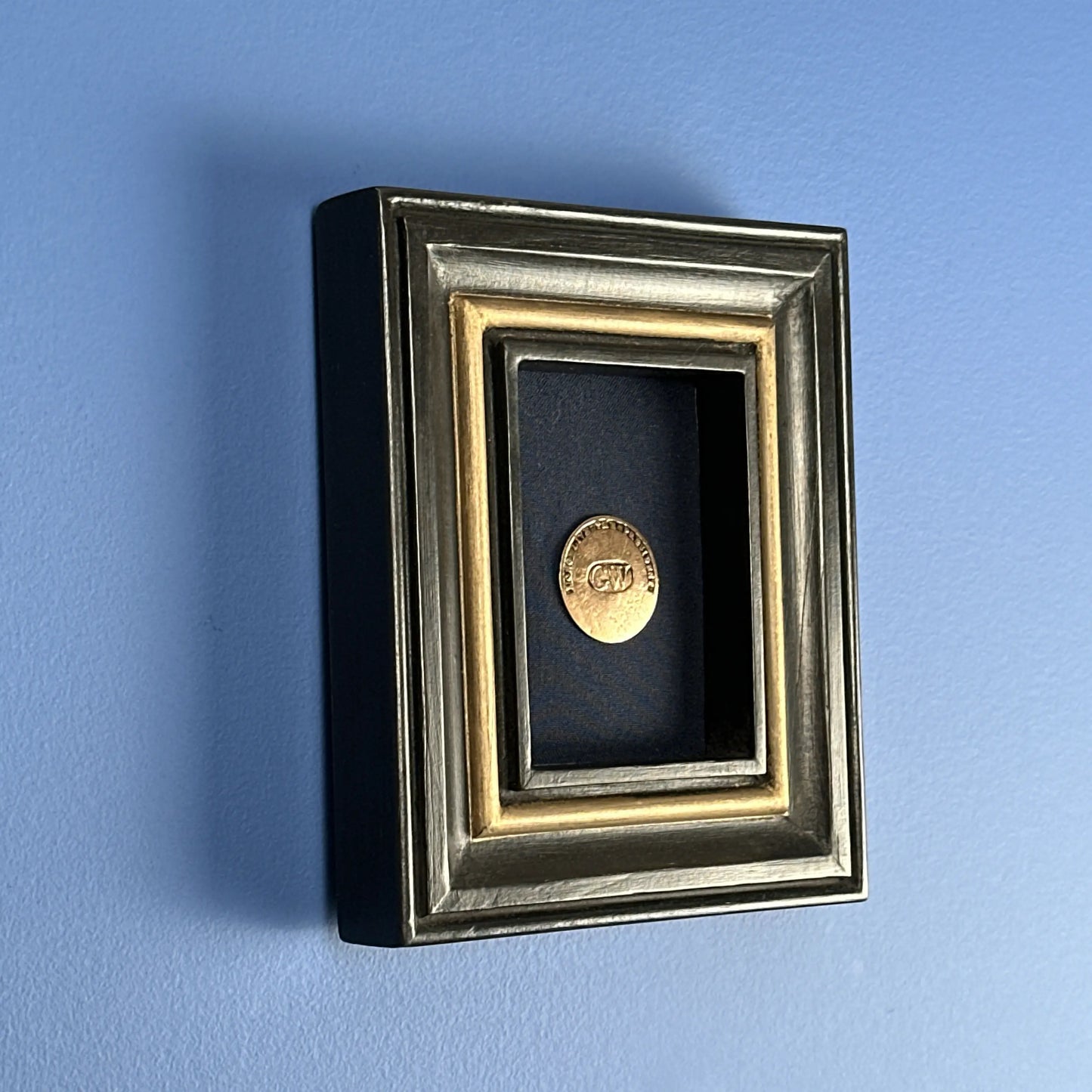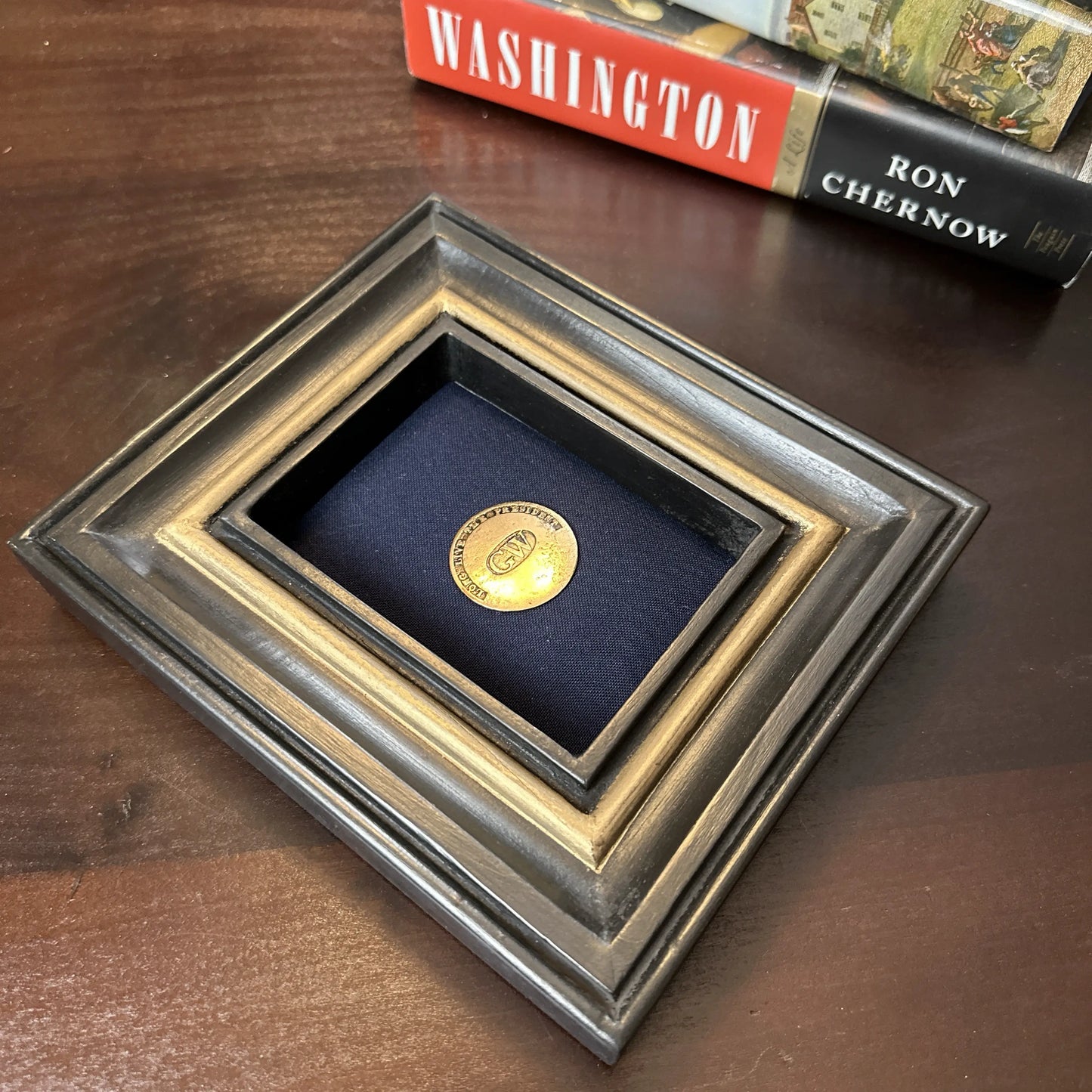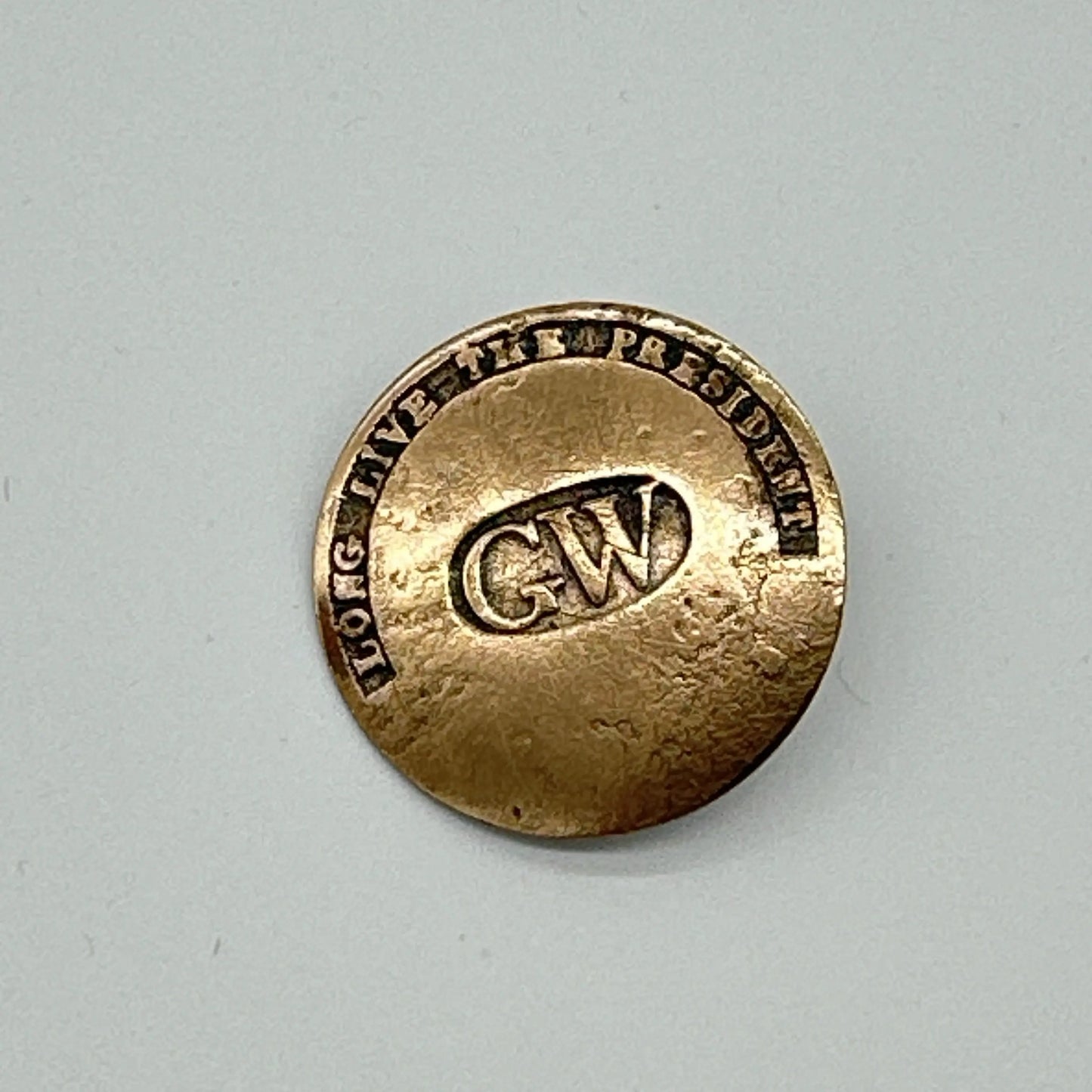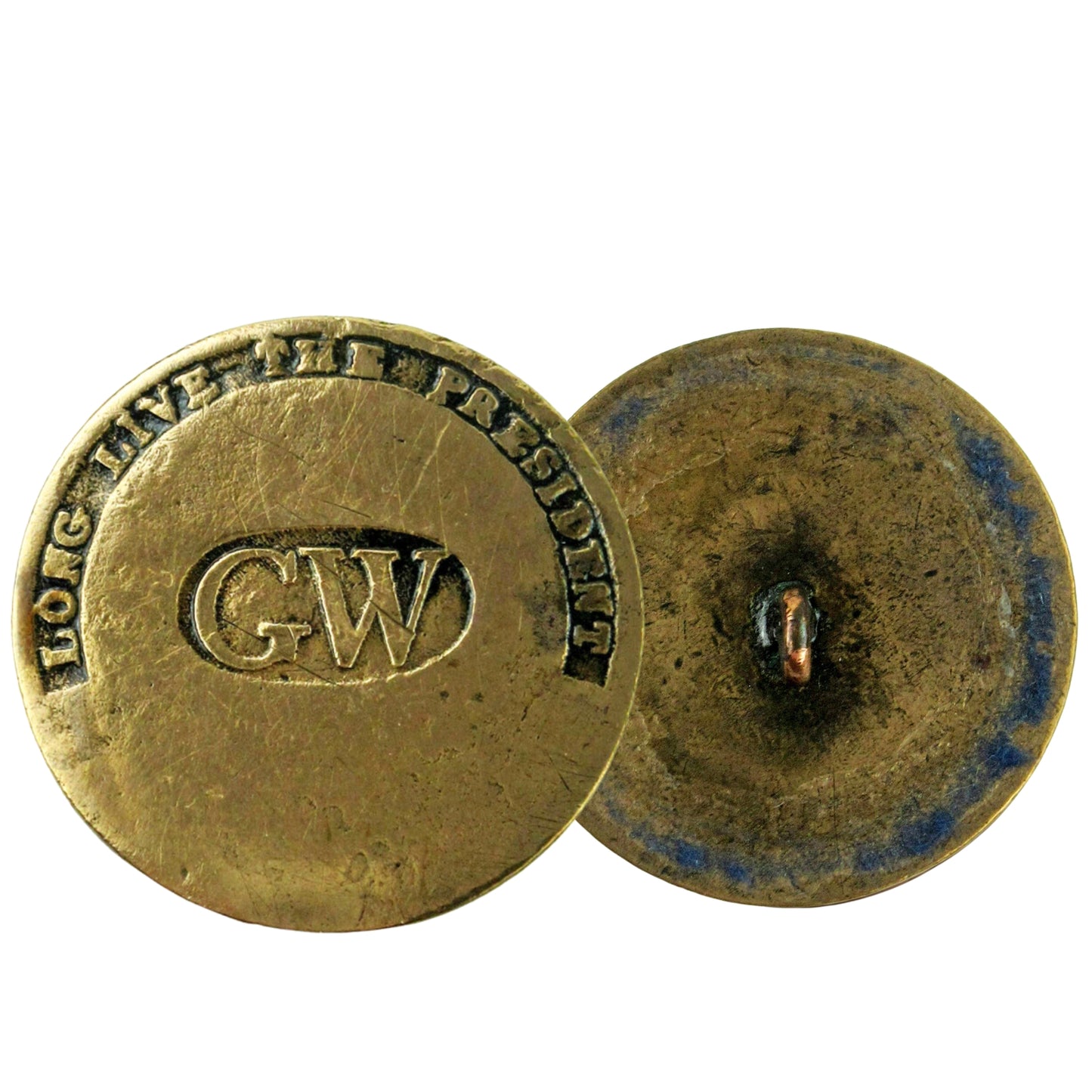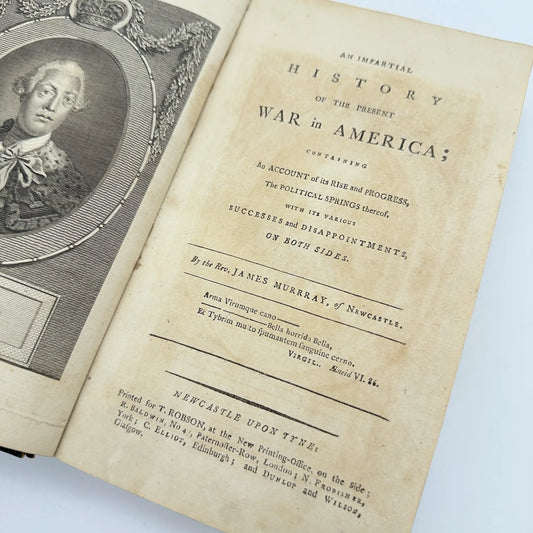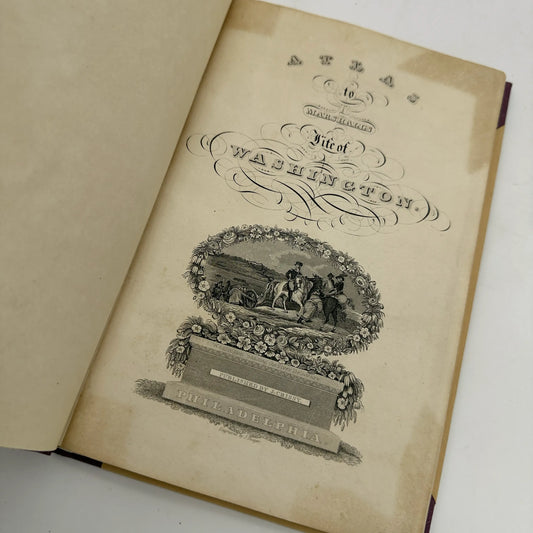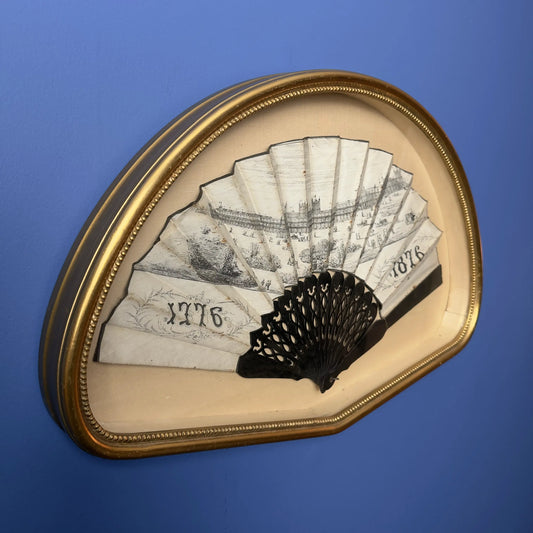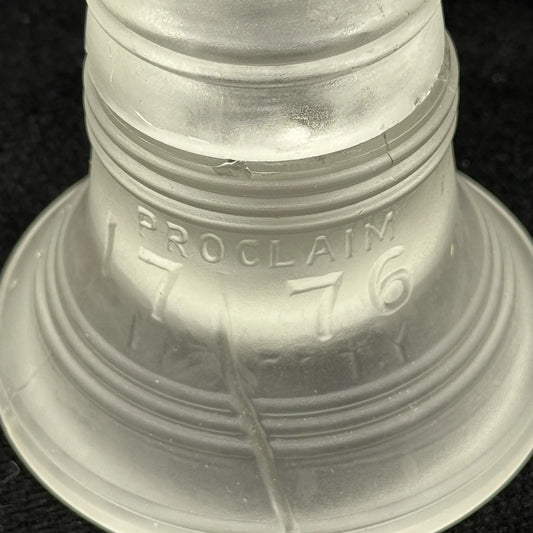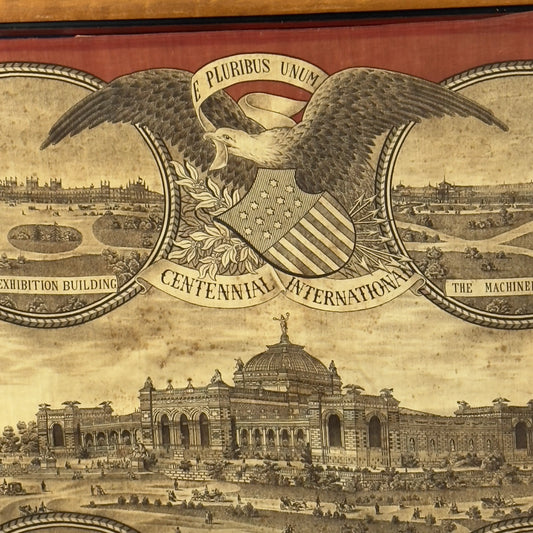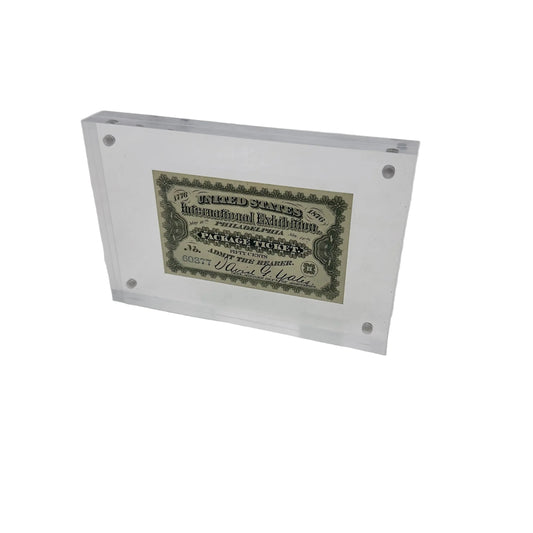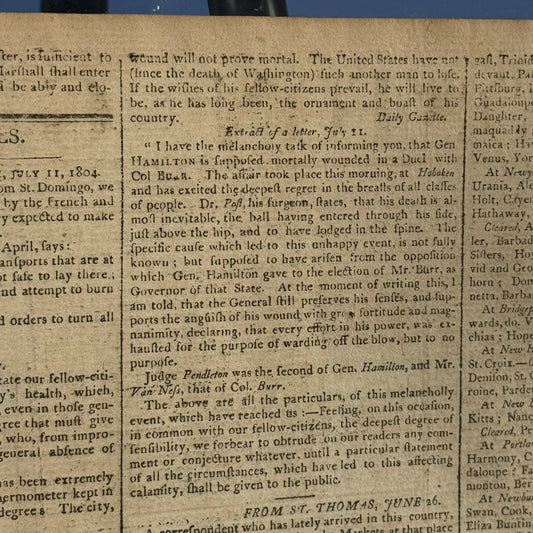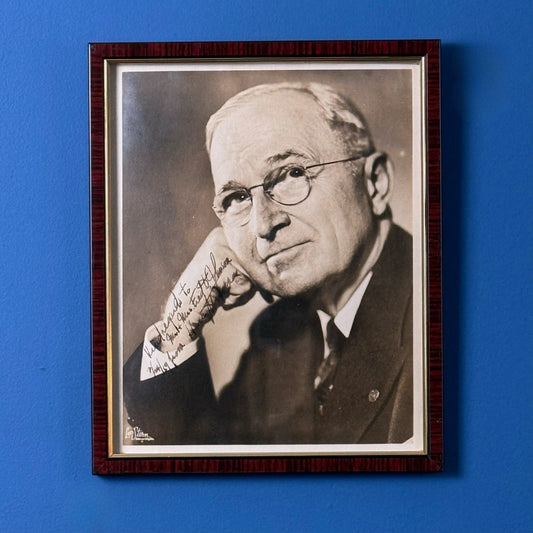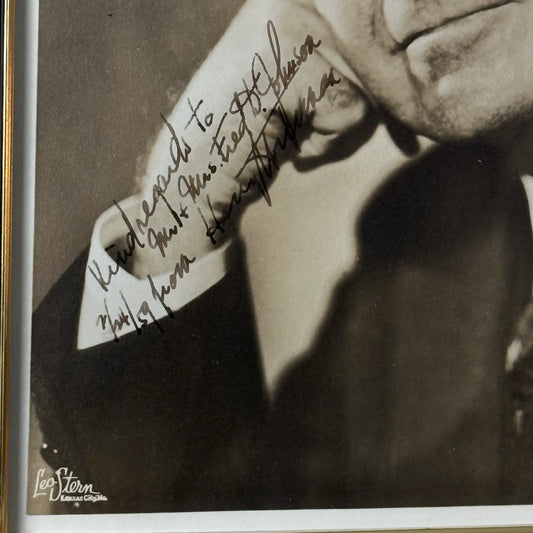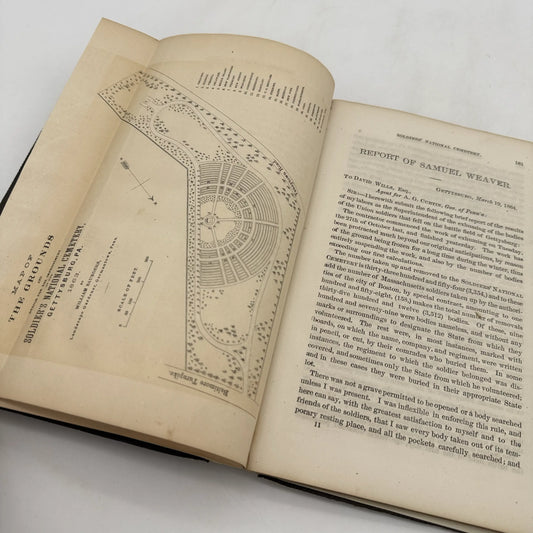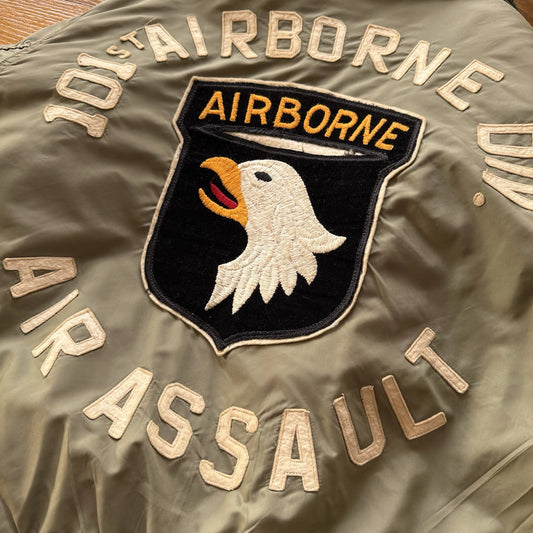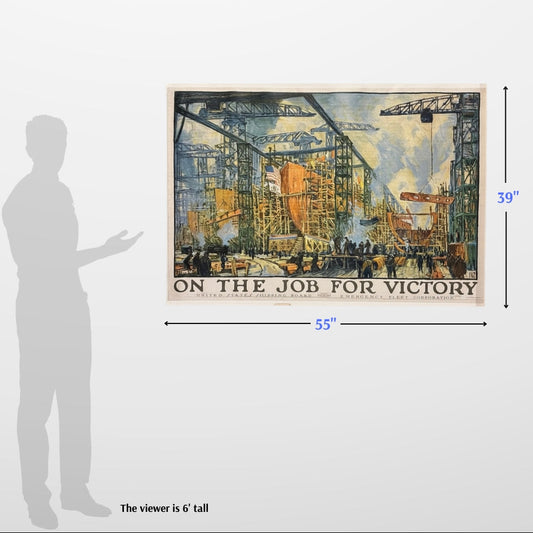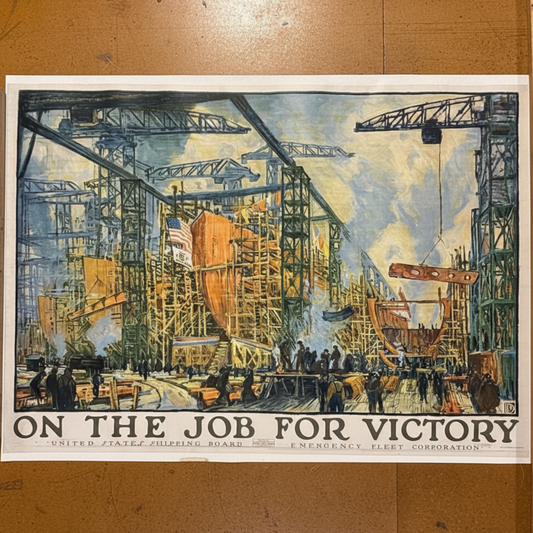George Washington 1789 "GW" Inaugural Button — "LONG LIVE THE PRESIDENT" — Includes certificate of authenticity
George Washington 1789 "GW" Inaugural Button — "LONG LIVE THE PRESIDENT" — Includes certificate of authenticity
Updated December 20: This has been sold.
Only one.
Made in celebration of Washington's first inauguration, this brass button features the script initials "GW" within an oval, surrounded by the inscription "LONG LIVE THE PRESIDENT." The original shank is intact and the item comes with a certificate of authenticity.
A previous owner polished it and it displays beautifully, mounted on a dark blue wool fabric typical of the time period in a black solid wood frame I made by hand. It was painted with three coats of a traditional paint and waxed with two coats of wax.
I designed it so that the button can be removed for closer examination and then replaced in the frame. (There is no glass or acrylic covering the frame.)
The framed piece can be hung or placed flat on a desk or table.
— Lee Wright | Founder
Button size: 1.375"
Frame size: 6.25" x 7.5"
Shipping: $25. Will be shipped via UPS with a signature required. Please allow one week for shipping.
Historical information on the Washington Inaugural buttons
- Mount Vernon’s article on some of the designs. (See the photo below for the recreation of the inauguration that appears at Mount Vernon.)
- There is extensive information on many of the designs, including who designed them and the symbolism, from a dedicated collector at GeorgeWashingtonInauguralButto
ns.com . - This 27-page paper updates a 1963 private printing of an exhaustive work by collector Harold Cobb.
Historical background on the inauguration
On the morning of April 30, 1789, crowds began to gather in front of the presidential mansion in New York City. According to the diary of Tobias Lear, Washington’s personal secretary:
Fisher Ames “sat entranced,” writing “It was a very touching scene, and quite of the solemn kind. His aspect grave, almost to sadness; his modesty, actually shaking; his voice deep, a little tremulous, and so low as to call for close attention.”
Following the address, the president and the members of the House and Senate walked about seven hundred yards to St. Paul’s Chapel to attend services conducted by the Rev. Dr. Samuel Provoost, bishop of the Episcopal church of New York and rector of Trinity Church. After prayers and the singing of a Te Deum, Washington retired to the presidential mansion. He apparently dined quietly at home; then as Lear noted in his diary,
“the President, Colonel Humphreys, and myself went in the beginning of the evening in the carriages to Chancellor Livingston’s and General Knox’s, where we had a full view of the fire-works.”
On his way to Livingston’s, Washington halted to admire the house of the French minister, the comte de Moustier,
"illuminated and decorated with several transparencies relative to the victories and virtues of General Washington. He seemed pleased with the one representing eleven bees emerging from their hives, headed by their queen, with this epigraph from Virgil: “Ille operum custos; illum admirantur et omnes / Circumstant fremitus denso.” (“He is the guardian of their toils; they all admire and stand around him in a noisy crowd.”)"
Don Diego de Gardoqui reported to the Spanish minister of State that he had decorated his house
"with two magnificent transparent gardens, adorned with statues, natural size, imitating marble…. There were also various flower-pots, different arches with foliage and columns of imitation marble, and on the sky of these gardens were placed thirteen stars, representing the United States of America—two of which stars showed opaque, to designate the two States which had not adopted the Constitution."
Washington and his party returned to the presidential residence about ten o’clock in the evening, traveling on foot because the crowds thronging the streets were too great to permit the passage of carriages.
Source for historical background: Seth Kaller, Inc.
Made by America
Made by America
Almost all of the new products we offer are designed by us and made in America and most of our Rare Finds were made in America.
Our original designs are based on our nation’s history and our love of American history. Read more about other things we've created, including The History List, History Camp, and The Pursuit of History, in addition to The History List Store.
Every product that is made in America states that in the product description and includes the "Made in U.S.A." graphic.
